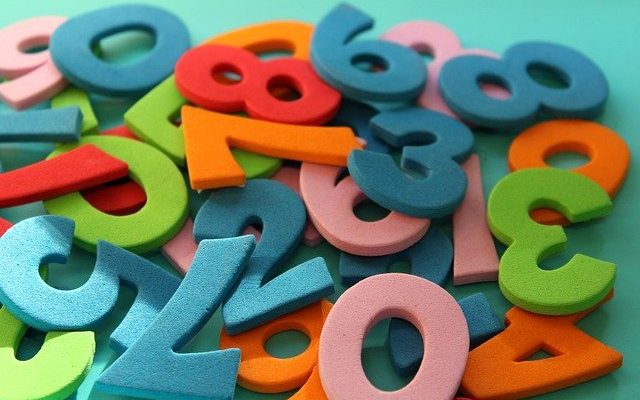Numerals and numeral systems, symbols, and assortments of symbols used to speak to little numbers, along with systems of rules for speaking to bigger numbers. Here is a portion of the significant numeral systems that originate from the antiquated land.
Cuneiform Numerals
Around Babylon, the earth was plentiful, and the individuals intrigued their symbols in moist dirt tablets before drying them in the sun or in a furnace, in this way shaping records that were for all intents and purposes as perpetual as stone. Since the weight of the pointer gave a wedge-molded image, the engravings are known as cuneiform. The symbols could be made either with the pointed or the roundabout finish of the pointer and for numbers up to 60 these symbols were utilized similarly as the pictographs, then again, actually, a subtractive image was additionally utilized. The cuneiform and the curvilinear numerals happen together in certain archives from around 3000 BCE. There appear to have been a few shows in regards to their utilization: cuneiform was constantly utilized for the number of the year or the age of a creature, while compensation previously paid were written in curvilinear and compensation due in cuneiform.
Greek Numerals
The Greeks had two significant systems of numerals. Their antecedents in culture—the Babylonians, Egyptians, and Phoenicians—had commonly rehashed the units up to 9, with an exceptional image for 10, etc. The Greeks, who entered the field a lot later and were impacted in their letters in order by the Phoenicians, based their first intricate system essentially on the underlying letters of the numeral names. This was a characteristic thing for every single early progress since the custom of working out the names for enormous numbers was from the start very broad, and the utilization of an underlying by the method of truncation of a word is all-inclusive. The Greek system of contractions, referred to today as Attic numerals, shows up in the records of the fifth century BCE yet was most likely utilized a lot before.
Roman Numerals
The immediate impact of Rome for such an extensive stretch, the predominance of its numeral system over some other straightforward one that had been known in Europe before about the tenth century, and the convincing power of custom clarify the solid position that the system kept up for almost 2,000 years in business, in scientific and philosophical writing, and in beauties letters. It had the incredible preferred position that, for the mass of clients, retaining the estimations of just four letters was vital—V, X, L, and C. Roman numerals are exceptionally well known even today in the modern world and they are even instructed at the school in starting stages. Numerous individuals utilize the Roman Numeral Date Converter to change over numeric dates into roman numerals.
Multiplicative Gathering Systems
In multiplicative systems, uncommon names are given not exclusively to 1, b, b2, etc yet in addition to the numbers 2, 3, … , b − 1; the symbols of this subsequent set are then utilized instead of reiterations of the primary set. Hence, if 1, 2, 3, … , 9 are assigned in the standard way however 10, 100, and 1,000 are supplanted by X, C, and M, individually, at that point in a multiplicative gathering system one ought to compose 7,392 as 7M3C9X2. The important case of this sort of documentation is the Chinese numeral system, three variations of which have appeared in the figure.

